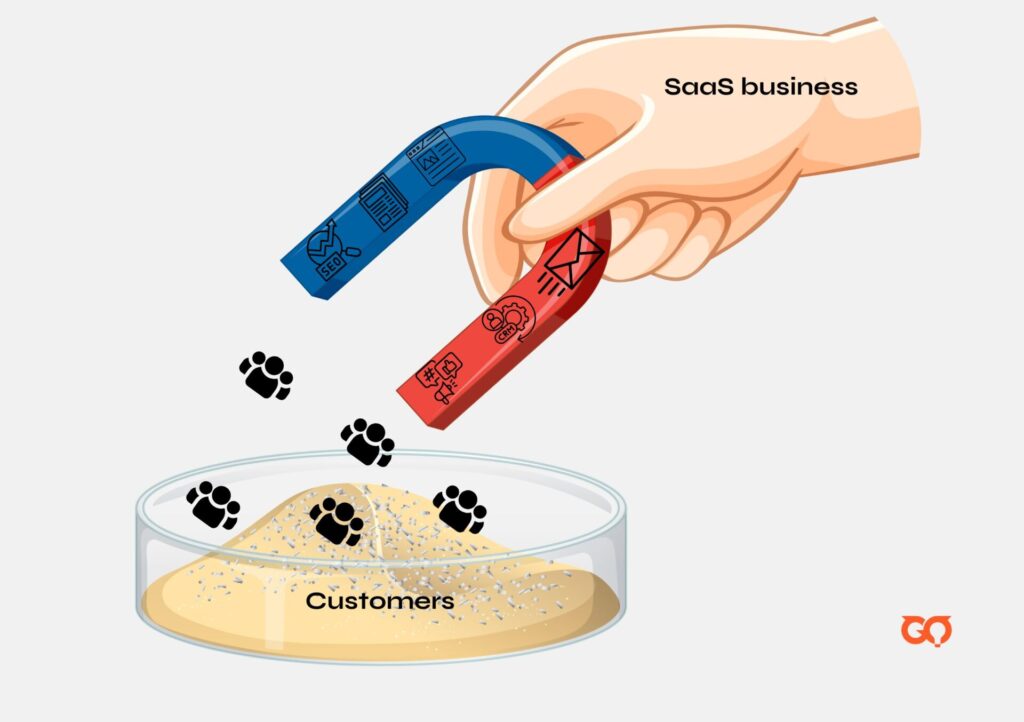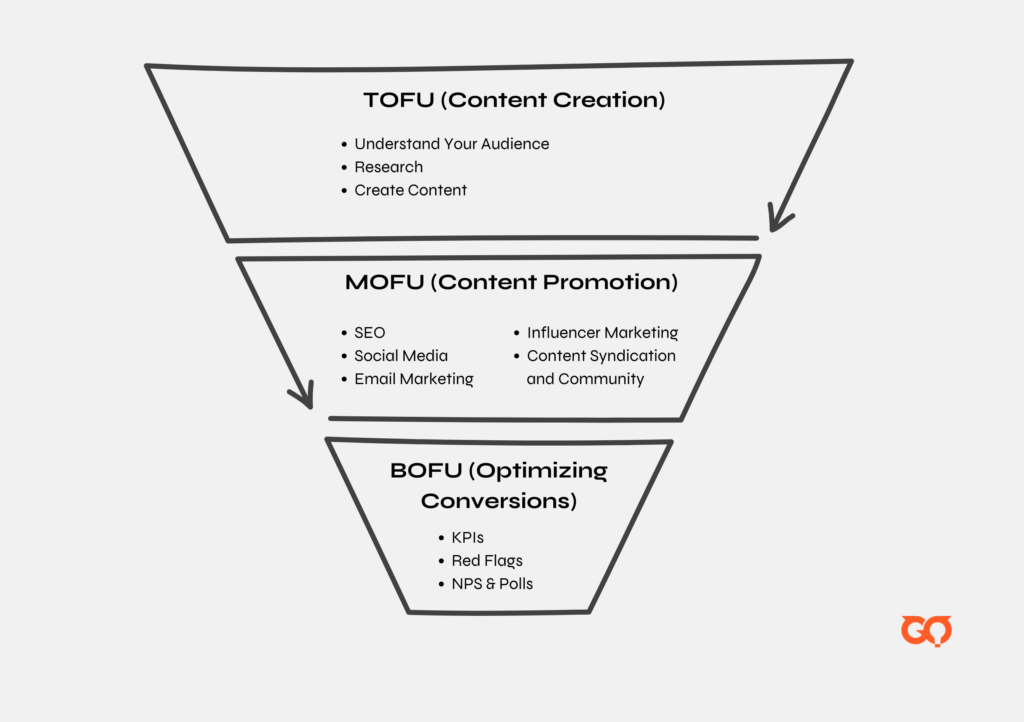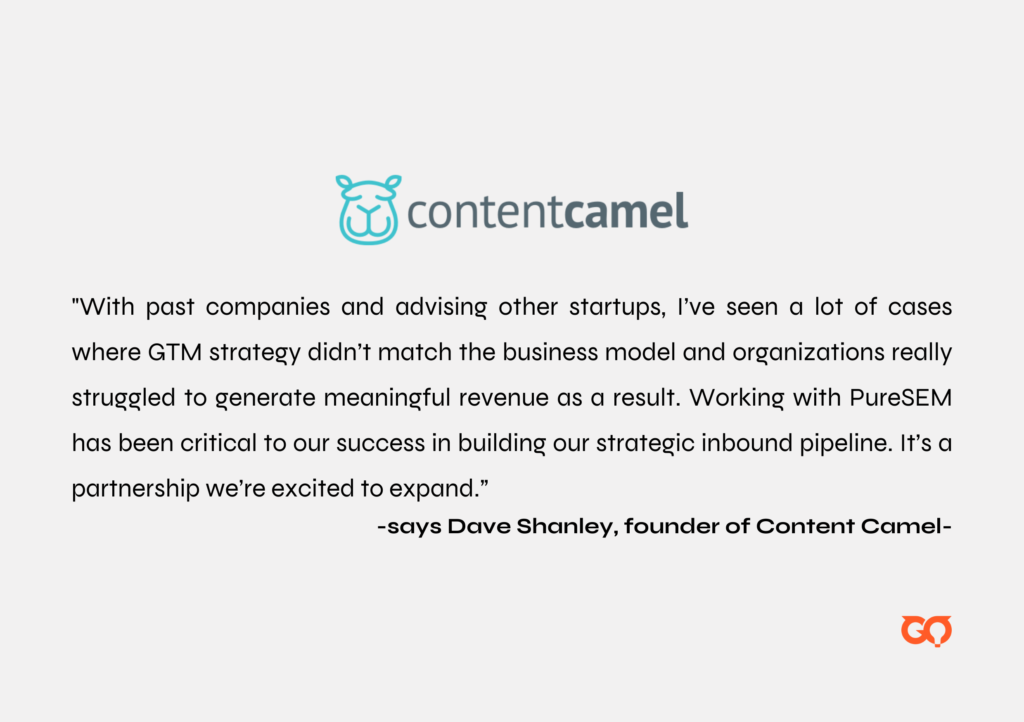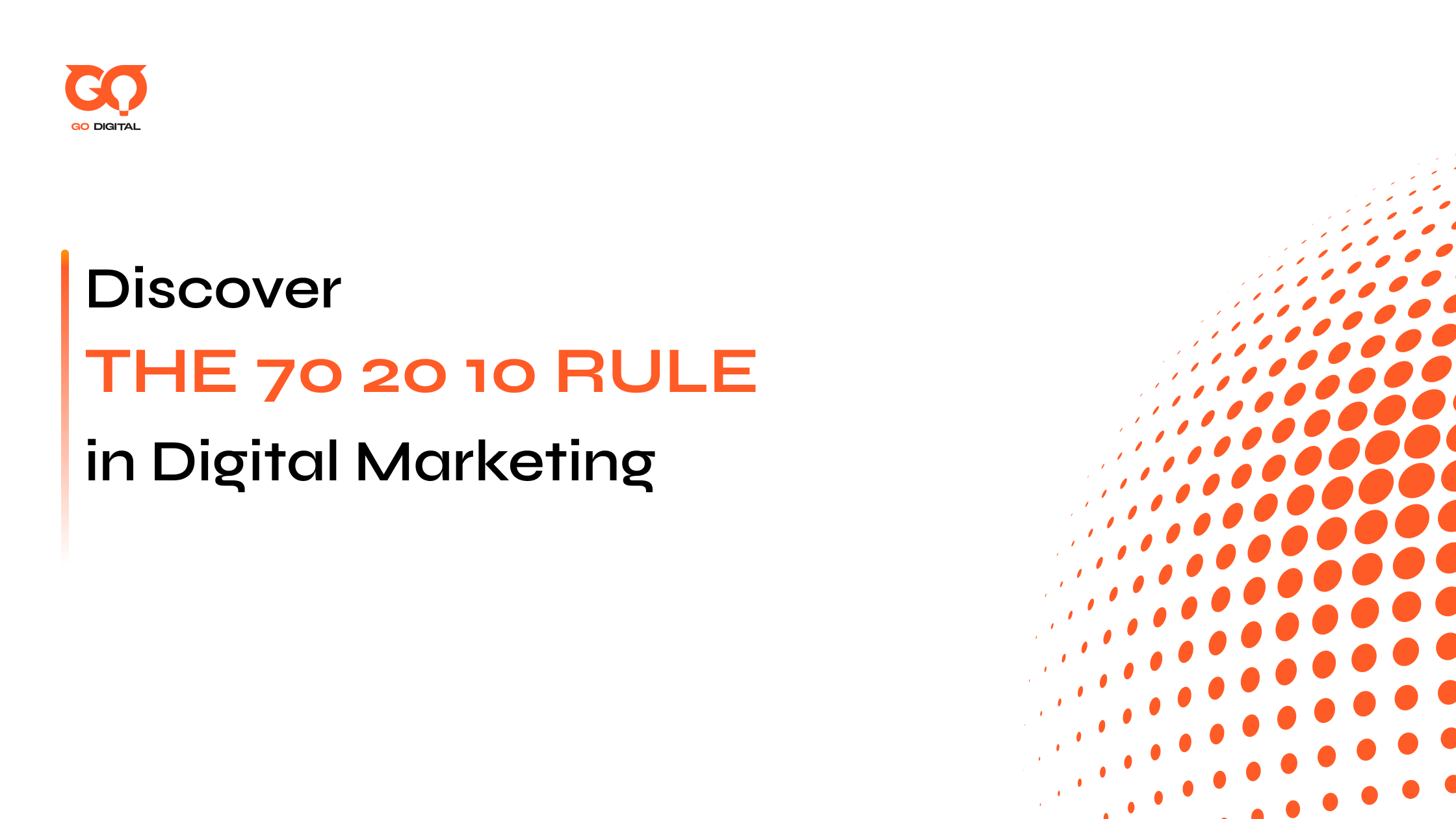SaaS inbound marketing has become a cornerstone of digital marketing strategies in recent years, and in the SaaS industry, it’s more than just a trend—it’s a must-have. For SaaS companies, where effective content marketing drives growth, adopting a strong SaaS inbound marketing approach is crucial for attracting and retaining customers.
But how can you truly implement this strategy in your SaaS business? While the process may sound complex, the core principles of SaaS inbound marketing are actually straightforward. Let’s dive into the essentials and explore how it can elevate your business.
What Is Saas Inbound Marketing?
SaaS inbound marketing is a strategy used by software-as-a-service (SaaS) companies to attract and engage potential customers by providing valuable, relevant content.
Unlike traditional “outbound” marketing methods like cold calls or ads, inbound marketing focuses on understanding the specific needs and pain points of your target audience. By creating content that addresses these needs, SaaS companies can build trust, nurture relationships, and turn potential buyers into long-term users.
The key goal is to offer helpful solutions and insights that guide customers through their journey, leading to better customer retention and overall business growth.

Pros And Cons of Saas Inbound Marketing
Inbound marketing for SaaS businesses offers long-term benefits, including cost-effectiveness, high-quality leads, and the ability to build brand authority. However, it requires time and patience to see results, often needing significant initial effort in content creation and SEO optimization.
While inbound marketing is scalable and adaptable, businesses must manage potential challenges, such as unqualified traffic and the slow ramp-up of ROI. The following table outlines the key pros and cons of SaaS inbound marketing, helping you weigh its potential impact on your business.
| ✅ Pros | ❌ Cons |
|---|---|
| Lower Long-term Costs: Inbound marketing costs decrease over time. | Requires Momentum: Takes 3-12 months to see results, requiring ongoing investment. |
| Evergreen Content: Blogs, guides, and resources live indefinitely, attracting new leads. | SEO Effort: Organic traffic is free but takes expertise and time to generate. |
| High-quality Leads: Customers come to you actively seeking solutions, leading to faster sales. | Unqualified Leads: Some visitors may not fit your target market, requiring filtering. |
| Trust & Brand Awareness: Builds stronger customer trust and brand affinity. | Delayed Results: SEO and content take time to generate significant results. |
| Compounding Results: Results improve over time, compounding like an investment. | PPC Costs: Pay-per-click campaigns stop producing results when you stop paying. |
How To Build Saas Inbound Marketing Strategies With Marketing Funnel?
To build an effective B2B SaaS inbound marketing strategy, utilizing the marketing funnel is crucial. This approach helps you target, engage, and convert business leads by tailoring content to each stage—awareness, consideration, and decision.
In this guide, we’ll explore how to create a strategy that aligns with the funnel to drive sustainable growth and conversions for your B2B SaaS business.

TOFU (Content Creation)
When developing TOFU content in SaaS inbound marketing, the primary goal is to create customer-centric content that addresses the needs and pain points of your potential customers. Here’s a step-by-step breakdown:
1. Understand Your Audience
In SaaS inbound marketing, creating customer-centric content starts with a deep understanding of your audience. This begins by developing buyer personas, which represent your ideal customers based on their needs, behaviors, and problems your SaaS product can solve.
A simple approach is to ask two essential questions:
- Who is your ideal audience?
- What problems can your SaaS product solve for them?
For example, if your SaaS product is a keyword research tool, your ideal audience might include SEO experts, digital marketers, and marketing managers, all struggling with keyword research and SEO strategies.
| 🎯 Tip: One useful strategy is to validate your buyer persona using real customer data. Continuously refine your personas based on insights from surveys, user behavior, and performance analytics to ensure your content remains aligned with your audience’s evolving needs. |
2. Keyword Research
Effective keyword research is crucial for making your SaaS content discoverable and driving organic traffic. There are two main ways people find content: through search engines like Google or by sharing on social media. In this context, we’ll focus on search engine visibility.
Key Principles of Keyword Research:
- Relevance: Find keywords that are highly relevant to both your SaaS product and your audience’s needs.
- Search Volume & Competition: Target keywords with a high enough monthly search volume but manageable competition. Tools like Google’s Keyword Planner and UberSuggest offer free options, while advanced tools like SEMRush and Ahrefs can provide more detailed insights, including keyword difficulty.
- Content Expansion: Select keywords that can be expanded into meaningful content. For example, a keyword like “SaaS marketing strategies” can evolve into a comprehensive blog post or eBook.
| 🎯 Tip: Prioritize long-tail keywords for SaaS businesses. These are more specific and less competitive, allowing your content to target niche markets and rank higher in search results. Long-tail keywords not only drive traffic but also attract higher-quality leads who are closer to making a purchasing decision. |
3. Social Media Trends Research
Use tools like BuzzSumo to find trending topics that resonate with your audience, paired with keyword research to focus on areas with manageable competition. Stay ahead by exploring emerging channels like TikTok or WhatsApp Business for viral opportunities, while monitoring competitors and user behavior. Tailor your content to audience preferences, offering concise guides for decision-makers, visual content for creatives, and audio for on-the-go users to maximize engagement.
| 🎯 Tip: Don’t chase every trend—focus on delivering high-quality, valuable content that aligns with both your audience and your business objectives. This approach ensures better long-term engagement, even in saturated markets. |
4. How to Create High-Conversion Content
To make sure your content drives conversions, the first thing to focus on is making it discoverable. A simple way to do this is by checking what’s ranking well in search engines for your target keywords. Study how top content is structured, its keyword use, and its overall optimization.
There are two key ways you can stand out from your competitors:
- Create better content: Make it more detailed, easier to read, more up-to-date, and offer a better user experience.
- Offer a fresh angle: Approach the topic from a different perspective that sets you apart.
Often, taking a unique approach is more effective. For example, if you’re writing about “digital marketing strategy,” offering a completely new strategy that isn’t widely covered can help you stand out and attract more readers.
But just being discoverable isn’t enough. Your content also needs to be valuable and persuasive to get conversions. There are three approaches you can take:
- Appeal to logic: Provide facts, data, and evidence to build trust. This works well for B2B content, where readers expect more technical information.
- Appeal to emotions: Show that you understand your audience’s problems and offer solutions. This approach works especially well for B2C audiences.
- Use credibility: If your brand is trusted, use that to your advantage. If you’re new, build trust by using testimonials or case studies.
You can mix these approaches, depending on what works best for your audience.
5. How to Start Creating Content
Once your research is done, you’ve already completed most of the work. At this point, it’s all about putting your plan into action. Keep your goals clear, and if you’re working with a team, make sure everyone has access to the research in a way that’s easy to understand and follow.
| 🎯 Tip: Use SaaS marketing tools to track your performance and refine your strategy. For more insights, check out this guide. |
MOFU (Content Promotion)
Creating great content is just the first step—making sure it reaches your audience is what truly drives results. Even the most valuable content falls short if it goes unseen. That’s where content promotion comes in, especially at the MOFU stage. Leveraging strong SEO strategies ensures your content not only gets discovered but also nurtures potential customers, guiding them toward conversion. At this critical stage, effective promotion is key to turning interest into action.
1. SEO (Search engine optimization)
SEO is broad, but focusing on key areas can make a big difference:
- Page Performance: Ensure your website is mobile-responsive and loads within 3 seconds on a 4G connection.
- Keywords: Use keywords naturally, integrating semantically related terms. Focus on creating content that’s easy for humans to read rather than keyword stuffing.
- Content Structure: Make sure your content is well-organized and free of typos or grammatical errors.
- Backlinks: Quality matters more than quantity. Aim to get 2-3 high-quality backlinks each month. Avoid getting too many links at once to avoid penalties.
- Content Strategy: Build content hubs around important topics, not just keywords. Include TOFU (Top of Funnel) and BOFU (Bottom of Funnel) content to target different customer needs.
- Link Building: Consistently invest in a link-building strategy, as backlinks are a key ranking factor for SEO success.
2. Social media
Social media content promotion can be approached in two ways: organic and paid.
| Organic Promotion | Paid Promotion |
|---|---|
| Build your follower base naturally. | Invest in social media ads (e.g., Facebook Boost Post). |
| Share content to reach more people without spending money. | Quick results but can be expensive. |
| Takes time—months or even years—to see results. | Takes time—months or even years—to see results. |
For B2B content distribution, social media offers a powerful strategy. Use the demographic data from each platform to tailor your messaging and post formats to specific audiences. To enhance your efforts, encourage your internal team to participate in promoting content.
A simple yet effective tactic is setting up a Slack channel or monthly reminders for team members to share top-performing posts on their social accounts, especially useful for smaller SaaS businesses and startups where every share counts.

3. Email marketing
Email marketing is an effective way to share new content with your subscribers, especially during the consideration stage of lead nurturing. But how do you build a growing email list? By offering valuable content, which we’ll discuss further below.
The key to successful email marketing lies in hyper-segmentation. It’s not enough to have one generic list and send the same email to everyone. Your audience consists of individuals with different preferences, roles, and experiences, so tailor your emails accordingly.
Best Practices
- Segment your audience by factors like their job-to-be-done (JTBD), role, location, and interaction with your brand.
- Personalize the content and the frequency to match their needs. Some might want daily updates, while others prefer monthly—or none at all.
- Avoid generic newsletters and focus on delivering content that resonates with each segment.
4. Influencer Marketing
Influencer marketing is a powerful strategy to extend your content’s reach. When an influencer or a reputable site mentions your content, you gain access to their audience. The key is finding influencers within your SaaS niche who align with your content and brand, ensuring that their audience is a good fit for your message.
To engage influencers, start by mentioning their content in yours and then reach out. If your content is of high quality, they may be inclined to share it with their followers. Simple outreach emails can also be effective in building connections—sometimes, all it takes is to ask.
Finding the right influencers is crucial. Every niche has key figures who can provide access to a highly relevant audience. Use keywords or hashtags to search for them, or if you’re actively involved in your niche, you likely already know who they are. These influencers can help you reach your target demographic effectively.
Best Practices for Influencer Outreach
- Build relationships: Influencers value trust, transparency, and a personal connection. Get them on the phone if possible and provide a clear point of contact within your company.
- Set clear expectations: Outline in writing what you want them to deliver and when. Ensure they fully understand the deliverables before proceeding.
- Avoid vague offers: Don’t offer free trials or vague suggestions like “hopefully, you can do some stories.” Be specific about what you need.
- Respect their work: Influencers have spent time and effort building their audience. Respect that by paying them fairly for their services—don’t try to haggle, as this may impact the quality of their work.
5. Content Syndication and Community
Content Syndication is the process of re-publishing your existing content on third-party sites. The content can be shared as is or edited into a shorter version.
Will syndication lead to duplicate content penalty? While this concern exists, it’s largely a myth. Syndication typically doesn’t result in penalties. For a deeper dive, you can explore Neil Patel’s article on the truth about duplicate content penalties.
Content Communities
In addition to syndication, you can share your content on content community sites like Hacker News (for tech content). These platforms allow you to share your work, but it’s important not to be overly self-promotional. To get the best results:
- Engage with the community.
- Promote others’ content.
- Build relationships before promoting your own.
BOFU (Optimizing Conversions)
Your content should align with each stage of the buyer’s journey, and strong lead magnets are key for converting readers into leads. Check out resources like OptinMonster’s list of 60+ lead magnet ideas to strengthen your content.
1. Key Performance Indicators (KPIs)
Set measurable KPIs to ensure you’re on track to meet your content marketing goals. Some KPIs to track include:
- Primary: MQLs, product activations, pipeline generated, new MRR.
- Secondary: CTR, newsletter signups, impressions, social media growth, time on page, new visits, email opens, and click-through rates.
2. Red Flags & Optimization
It’s not just about success metrics—monitor red flags too. Tools can help identify issues like technical faults or poor content reception. Regular optimization of your content will attract more leads and reduce churn.
3. NPS & Polls
If you’re uncertain how your audience perceives your content, just ask them! Use Net Promoter Score (NPS) surveys or more detailed polls to gather feedback. This will help you continuously improve your brand perception and optimize content for better conversions.
Specific Example Of Saas Inbound Marketing: Content Camel’s Success with Sales Enablement Software
Company Overview
Content Camel is a sales enablement startup that provides a content management system (CMS) aimed at streamlining access to sales resources for both internal teams and external clients.
Challenge
With a relatively low Average Contract Value (ACV), an outbound sales strategy was not cost-effective for Content Camel. The company needed a scalable way to generate leads and grow revenue without incurring high acquisition costs.
Solution: Purely Inbound Marketing
Content Camel adopted an inbound-only strategy, focusing on content marketing to attract and convert leads. By partnering with PureSEM, a specialized inbound marketing agency, they developed a comprehensive strategy that aligned with their business model. As a result:
- Site traffic increased by 300% in the past year.
- The inbound pipeline became their primary method for generating qualified leads.
Key Takeaway
For startups like Content Camel, whose products have a low price point, outbound marketing may not provide a good return on investment (ROI). In such cases, inbound marketing, through content creation, SEO, and strategic lead nurturing, can be a highly effective alternative for driving growth and building a sustainable sales pipeline.

What To Expect With An Effective Saas Inbound Marketing Strategy?
The key to success in SaaS inbound marketing lies in building trust and awareness through valuable content. By doing so, you can stand out from competitors with a strong brand voice and foster relationships with potential users, even before they sign up. This approach encourages actions such as sign-ups, content sharing, and demo requests.
When users feel confident that your SaaS solution is the best fit for their needs, they are more likely to sign up for your service, share your content, and request a demo. Building this trust early on is essential for driving engagement and conversions.
Starting your inbound marketing journey early is essential for long-term success. If needed, seek help from Golden Owl Digital – a specialized SaaS SEO agency to optimize your efforts.
Bottom Line
Effective SaaS inbound marketing revolves around three essential elements: creating high-quality, relevant content, developing smart promotion strategies, and optimizing for conversions. By mastering these components, you’ll build a strong, sustainable lead generation pipeline. The key to success lies in maintaining consistency in both the quality and quantity of your efforts.
If you’re looking for expert guidance or support with SaaS inbound marketing, get in touch with Go Digital! Backed by years of experience and a track record of successful projects, we’re ready to help you craft powerful strategies that drive real results. Let us help you elevate your marketing efforts and unlock sustainable growth.







